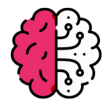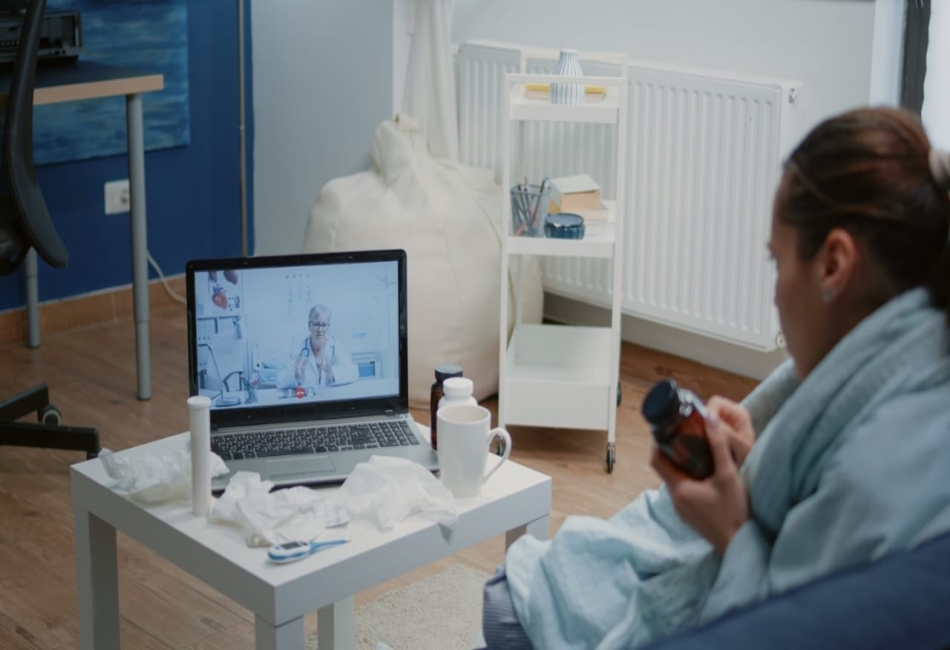Healthcare is undergoing a major transformation. The old system, which focused on inpatient care within the hospital, is being replaced with a more connected and data-driven model. The basis of this change is the so-called Remote Patient Monitoring (RPM) solution, which enables the constant monitoring of patients’ health indicators without their presence in a medical institution. This innovation is transforming how care is offered, particularly to patients with chronic diseases, to the elderly, and to those residents in remote or underserved locations.
Understanding Remote Patient Monitoring
Remote Patient Monitoring is the practice integration of digital technologies into monitoring patient health parameters (blood pressure, heart rate, glucose levels, weight, and oxygen saturation) beyond the usual clinical settings. These devices will be used to forward the real-time data to the medical team, creating the possibility to realize possible medical problems early enough and eliminate them with the right time interventions.
It is not a data collection system but a data leveraging system that aims to enhance significant improvement. When physicians are able to observe a patient continuously rather than in a few months, they are in a better position to make decisions, dose adjustments, and prevent emergencies at their early stage. Such a proactive measure results in improved management of diseases, reduced hospitalization, and increased patient satisfaction.
Why RPM Matters Now More Than Ever
An increase in chronic conditions, including diabetes, hypertension, and heart disease along with the aging population and overloaded healthcare systems both make RPM not only valuable but essential. It also enables a change of focus to preventive and constant care rather than reactive care.
To the patient, it translates to fewer lost days of commutes to appointments, fewer intrusions of day-to-day work, and a greater ability to understand control over their health. RPM eliminates the administrative and logistical hurdles of frequent visits, which allows the providers to concentrate on the patients who desperately need an in-person appointment.
In addition, with the ongoing shift of healthcare to value-based care systems, providers would be more accountable for patient outcomes than the amount of care and procedures performed. RPM is an ideal complement to the above framework as it provides a scalable method of providing high-quality care to the largest number of individuals, with reduced physical resource requirements.
How RPM Works in Practice
A common RPM program begins when a practitioner orders the monitoring of a patient with one or more chronic conditions. Connected devices, like a blood pressure cuff, glucose meter, or pulse oximeter, are provided to the patient who can immediately transmit the data to a secure place, which will be accessible to the care team. Follow-ups or changes are done on the care plan when values are not within the acceptable range which creates an alert.
This real-time visibility enables clinicians to identify trends and patterns and intervene early, as well as to patiently educate the patient about the interpretation of their data and how they can better manage their conditions. RPM turns out to be a daily component of many people and it is something they cannot do without like they cannot brush their teeth.
The Role of Technology and Integration
For RPM to work seamlessly, integration is critical. Devices should be safe, simple to work with, and capable of delivering accurate data without complicated arrangements. It is important that platforms should be safe, simple to use as well as compatible with electronic health record systems. Once executed correctly, RPM eliminates the obstacles between providers and patients and establishes an ongoing information-based relationship.
One of the companies that assist in filling these gaps is Telli Health, which recently provides cellular-enabled devices that do not require syncing, apps, and complicated setups to provide remote monitoring to more people and in more cases, elderly or non-technically inclined patients. This type of plug-and-play capability plays a key role in the scaling of RPM in a variety of populations.
Challenges and the Road Ahead
Despite its potential, RPM is not without challenges. Reimbursement policies are different, and most small practices do not have the resources or infrastructure to run and maintain a comprehensive program. The notion of data privacy as well as the involvement of patients, and the possibility of losing the aspect of human interaction and replacing it with the operated technology exist too.
However, these are problems of execution, not concept. These barriers are being overcome as insurers, governments, and healthcare organizations invest in remote care, which is now being done with improved platforms, more transparent regulation, and more effective training.
Conclusion
Remote Patient Monitoring is a trend, but I’m not referring to RPM as a trend; it is an evolution that is needed in healthcare delivery. It enables patients to be active agents in their health, provides the providers with the resources to act before illnesses advance, and makes systems that are already overstretched efficient. By the time the technology is mature (and usage has become widespread), RPM will become part of the fabric of everyday care modestly and unobtrusively – just like it is always on in the background in all sorts of ways making sure that people get to live healthier, longer, and note in the hospital.



